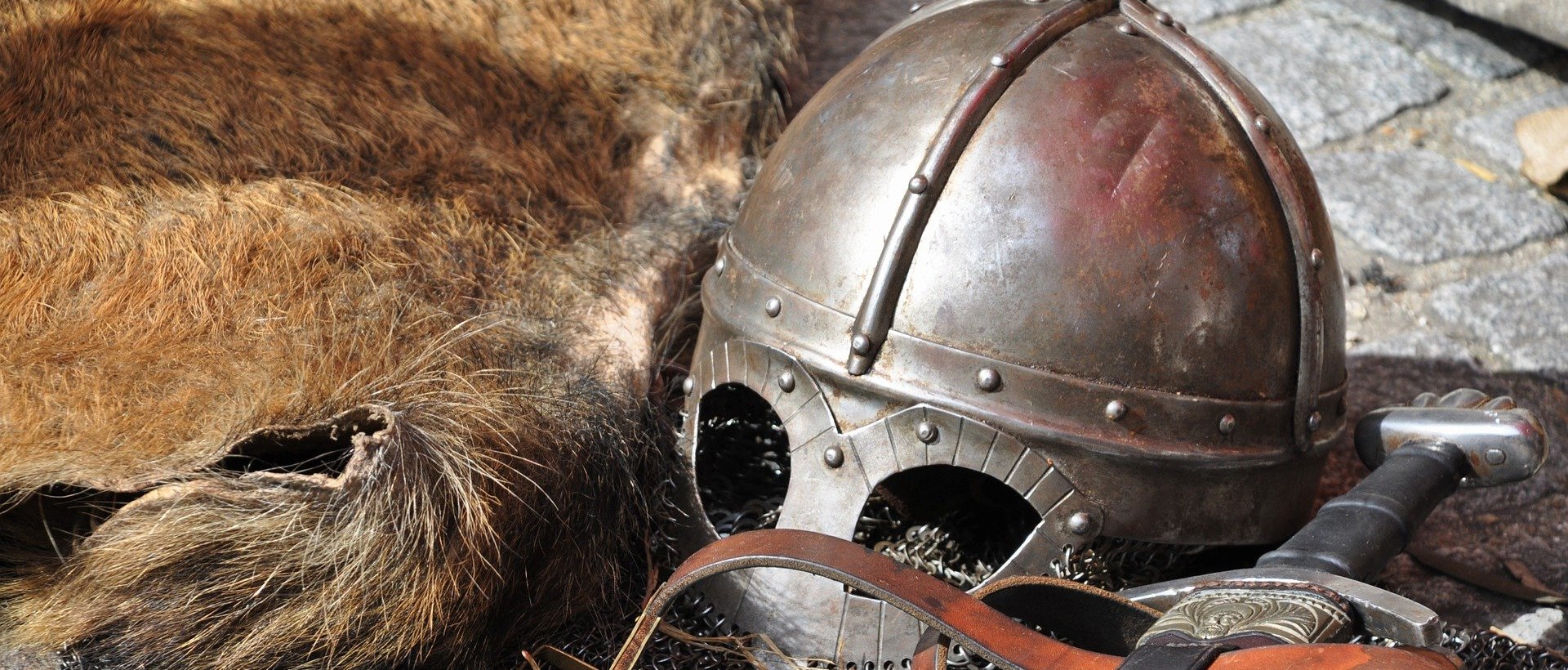Second Battle of St Albans
Posted on 10th January 2021
While Edward, Earl of March was battling forces at Mortimer’s Cross, his ally Richard Neville, Earl of Warwick was travelling north from London to intercept the main Lancastrian army, preventing them from getting to London. When leaving London, he took the imprisoned King Henry VI with him.
Warwick set his defences up just north of St Albans on Watling Street. Warwick himself, led the main division, John Neville, Lord Montagu led the left and John Mowbray, Duke of Norfolk on the right.
The Lancastrian leaders, Henry Beaufort, Duke of Somerset; Henry Percy, Earl of Northumberland; and John, Lord Clifford, having learnt of Warwick’s defensive measures from the treacherous Henry Lovelace changed direction, and captured the town of Dunstable.
Using the cover of darkness, the Lancastrians advanced on St Albans, arriving early on the morning of 17 February 1461.
Initially the Lancastrian army were driven back by Yorkist archers, but without support, after several hours the archers were overcome.
The Lancastrian army led by Somerset turned north to confront Montagu’s army at Bernards Heath. The damp and snowy conditions caused many of the Yorkist cannons not to fire, and with the snow blowing directly into their faces the Yorkist army were fighting at a disadvantage.
Messages were sent to Warwick to supply support to Montagu, but he was unwilling to leave his position, fearing treachery. He finally agreed and led his army in support of Montagu, but he was too late, Montagu’s division were beaten and fleeing for their lives.
The Lancastrians continued to attack the main Yorkist army out of St Albans led by Warwick and Norfolk, but Warwick realising that he was outnumbered, withdrew his remaining army and marched them to Chipping Norton in Oxfordshire.
The Second Battle of St Albans had resulted in a Lancastrian victory. Margaret of Anjou could now lead her army unopposed to London, however London barred entry to her and she was forced to withdraw and march her army north to Yorkshire.
After the battle was over, King Henry VI was found sitting under a tree. He was later reunited with his wife Margaret of Anjou.
Second Battle of St Albans
Fought - 17 February 1461
Location - St Albans, Hertfordshire
Participants - House of York and House of Lancaster
Army
York 10,000
Lancaster 15,000
Leaders (York)
Richard Neville, Earl of Warwick
Leaders (Lancaster)
Margaret of Anjou
Victory - House of Lancaster
Casualties
6,000
John Grey of Groby (Lancaster)
Tagged as: Junior Middle Ages
Share this post:





